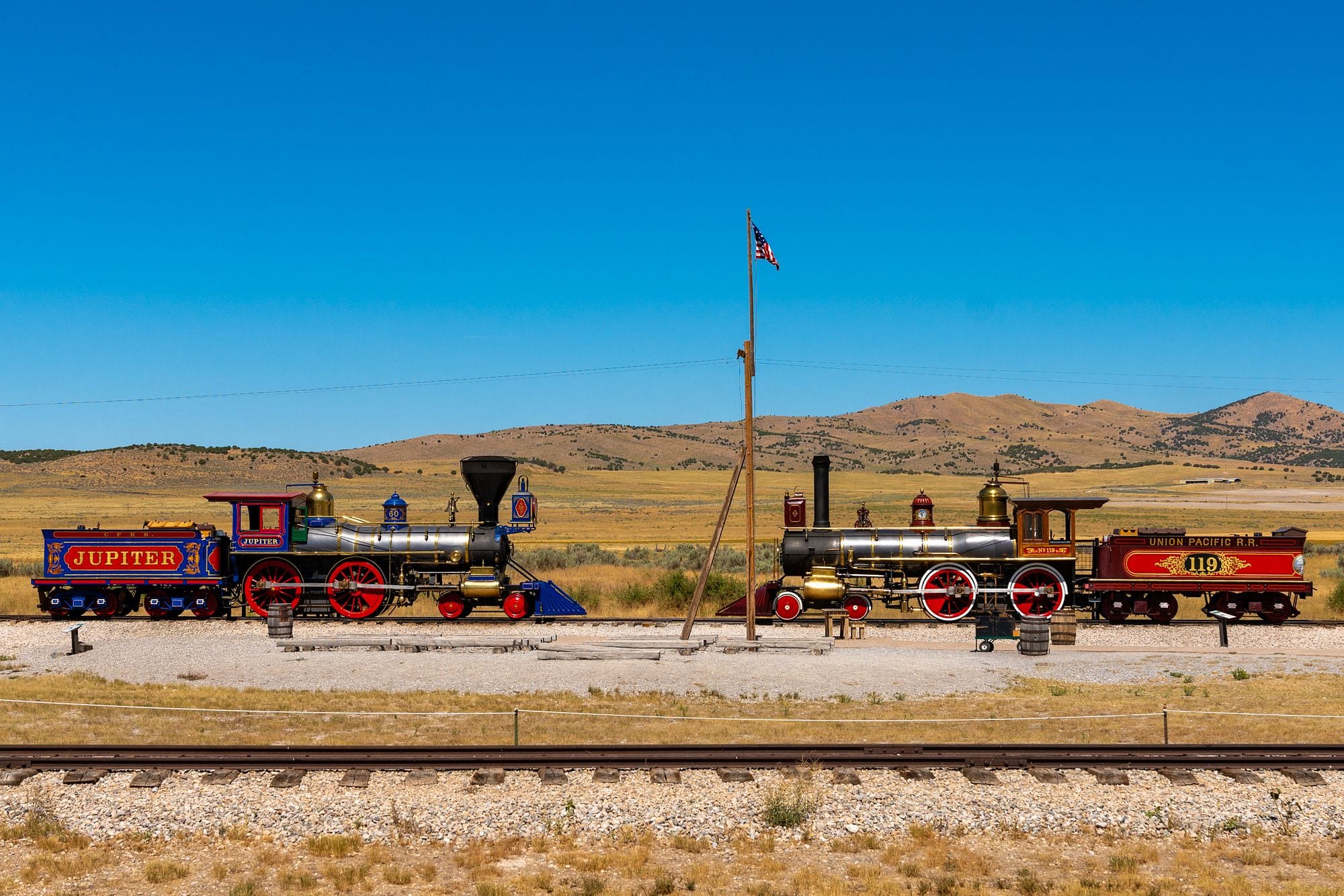

had become so universal and absorbing, and the event of completion was awaited with so much anxiety, that a celebration of the occasion with some formal ceremony was not only proper but necessary to meet the public expectation.”įor Californians, the completion had special significance. Union Pacific Railroad Director Sidney Dillon remembered, “Popular interest. Ideas of national union, manifest destiny, mastery of nature, and technical prowess were all embodied in the mammoth undertaking that was reaching completion. It touched emotions deep in the American character. For many Americans, the building of this railway was the enterprise of the age-a sign of the nation’s greatness. The United States was exuberant as the construction of the Pacific Railroad drew to a close in the spring of 1869. Almost a half-century later, it seems proper to take another look at this historic event. Many of his conclusions were based on interpretations of conflicting data, and that in itself suggests cause for scrutiny. Bowman’s research was thorough and wide-ranging, but even he noted the contradictory nature of the historical accounts left by persons present at the event. The exception is a pair of articles originally published in the 1950s by Dr. Most treatments of it appear in larger works on the transcontinental railroad and consist of uncritical renditions of traditional ideas, sometimes spiced with colorful yet dubious stories from railroad old timers.

As the importance of the ceremony is largely symbolic and the sources are daunting, few scholars have had the time or inclination to approach it seriously. Few events in American history are as seemingly well known as the Golden Spike ceremony, yet few events are as clouded by myth, misinformation, and contradictory source material.


 0 kommentar(er)
0 kommentar(er)
